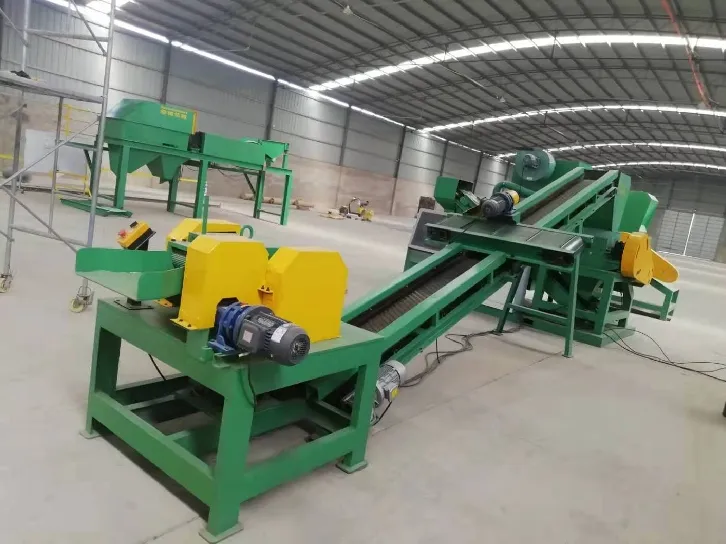

تشرینی دووەم . 22, 2024 10:26 Back to list
Steel Recycling Plant A Sustainable Future
Steel recycling has emerged as a crucial component in the pursuit of environmental sustainability and resource conservation. A steel recycling plant plays a vital role in this process, transforming scrap metal into new steel products through a series of sophisticated procedures. This not only helps reduce waste in landfills but also conserves natural resources, making it an essential part of the modern industrial ecosystem.
The recycling process begins with the collection of scrap steel, which can originate from various sources, such as demolished buildings, discarded automobiles, and outdated machinery. Once collected, the scrap steel is transported to the recycling plant, where it undergoes preliminary sorting to remove any contaminants, such as plastics, non-ferrous metals, and other impurities. This step is crucial for ensuring the quality of the final product.
After sorting, the scrap metal is shredded into smaller pieces to facilitate further processing. At this stage, it may be subjected to processes like magnetic separation to isolate ferrous metals from other materials. The resulting clean scrap is then melted in electric arc furnaces, which use high-voltage electric arcs to reach the extremely high temperatures necessary for steel melting. This method is not only energy-efficient but also allows for greater control over the quality of the molten steel.

Once melted, the steel can be cast into various shapes and forms, such as bars, sheets, or beams, depending on the intended application. This versatility in production underscores the significance of steel recycling plants in supplying raw materials for numerous industries, including construction, automotive, and manufacturing.
Moreover, recycling steel significantly reduces carbon emissions when compared to producing steel from iron ore. Reports suggest that recycling one ton of steel saves approximately 1.5 tons of iron ore, 0.5 tons of coal, and 40% of energy used in primary steel production. This not only mitigates the environmental impact of mining but also contributes to energy conservation.
In conclusion, steel recycling plants represent a remarkable intersection of technology, industry, and environmental stewardship. They play a pivotal role in promoting sustainable practices while providing an essential material for economic growth. As society continues to grapple with the challenges of waste management and resource depletion, the importance of steel recycling will only grow, highlighting the need for ongoing investment in these vital facilities.
Latest news
Eddy Separator for Non-Ferrous Metals
NewsAug.22,2025
E Waste Bin for Collected Spray Cans: Sustainable Disposal Solutions
NewsAug.22,2025
Dual Shaft Shredder with Adjustable Blade Gaps
NewsAug.22,2025
Hammer Crusher Machine With Secondary Crushing
NewsAug.22,2025
Copper Granulator Our Promise of Recycling Excellence
NewsAug.22,2025
Industrial Shredders Crafted for E-Waste Recycling
NewsAug.22,2025